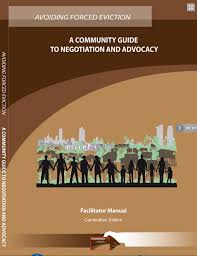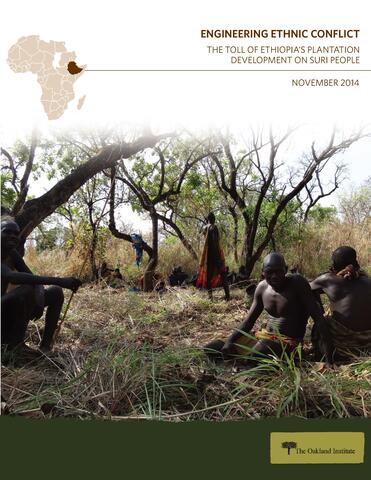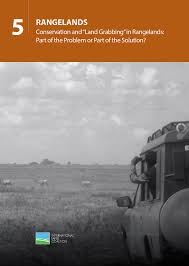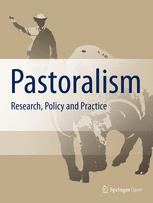For generations, people have managed natural resources in such a way that their multiple needs for food, fibre, fodder, fuel, building materials, medicinal products and drinking water were largely fulfilled. Farming, livestock, forestry and fisheries systems have evolved, and been adapted to variable and changing environmental and socio-economic conditions. Not only natural factors, but also population growth or loss, tenure arrangements, labour availability, access to markets and economic growth, as well as cultural traditions and political strategies, have shaped landscapes over time.










